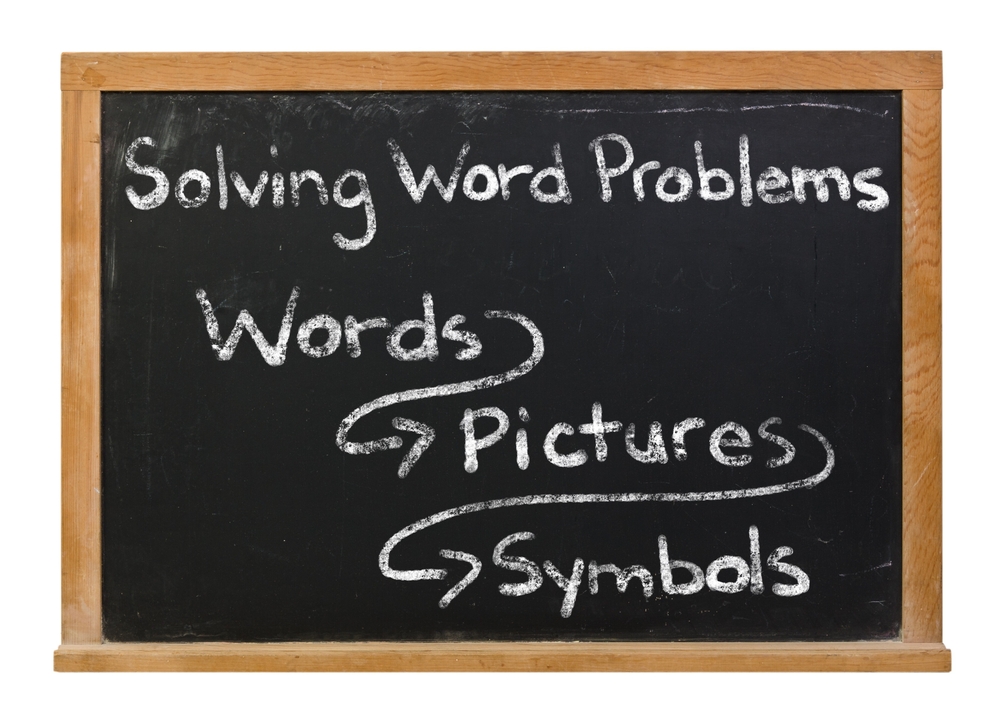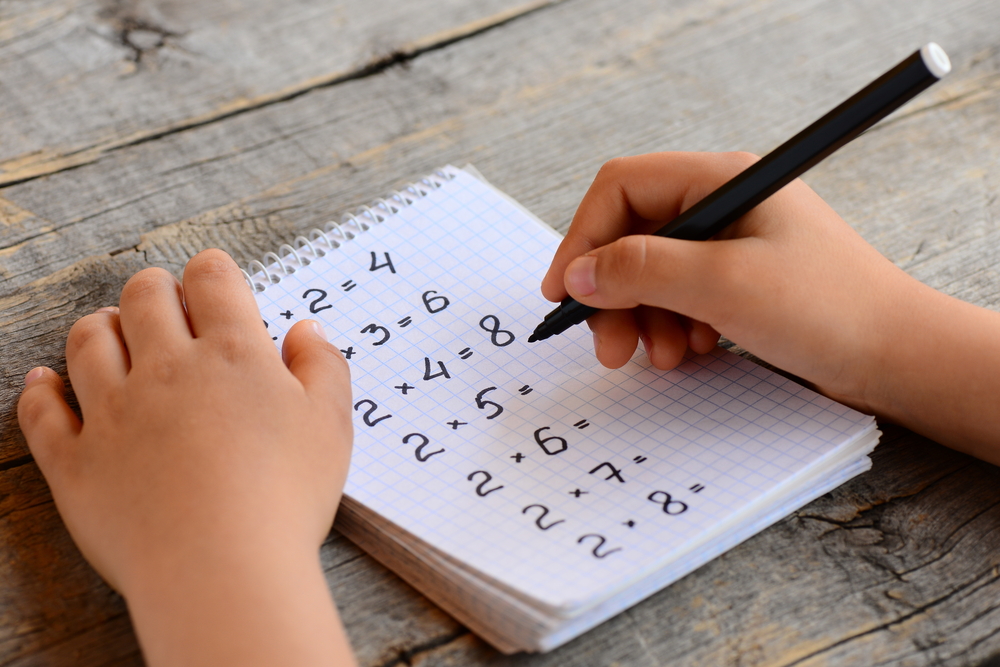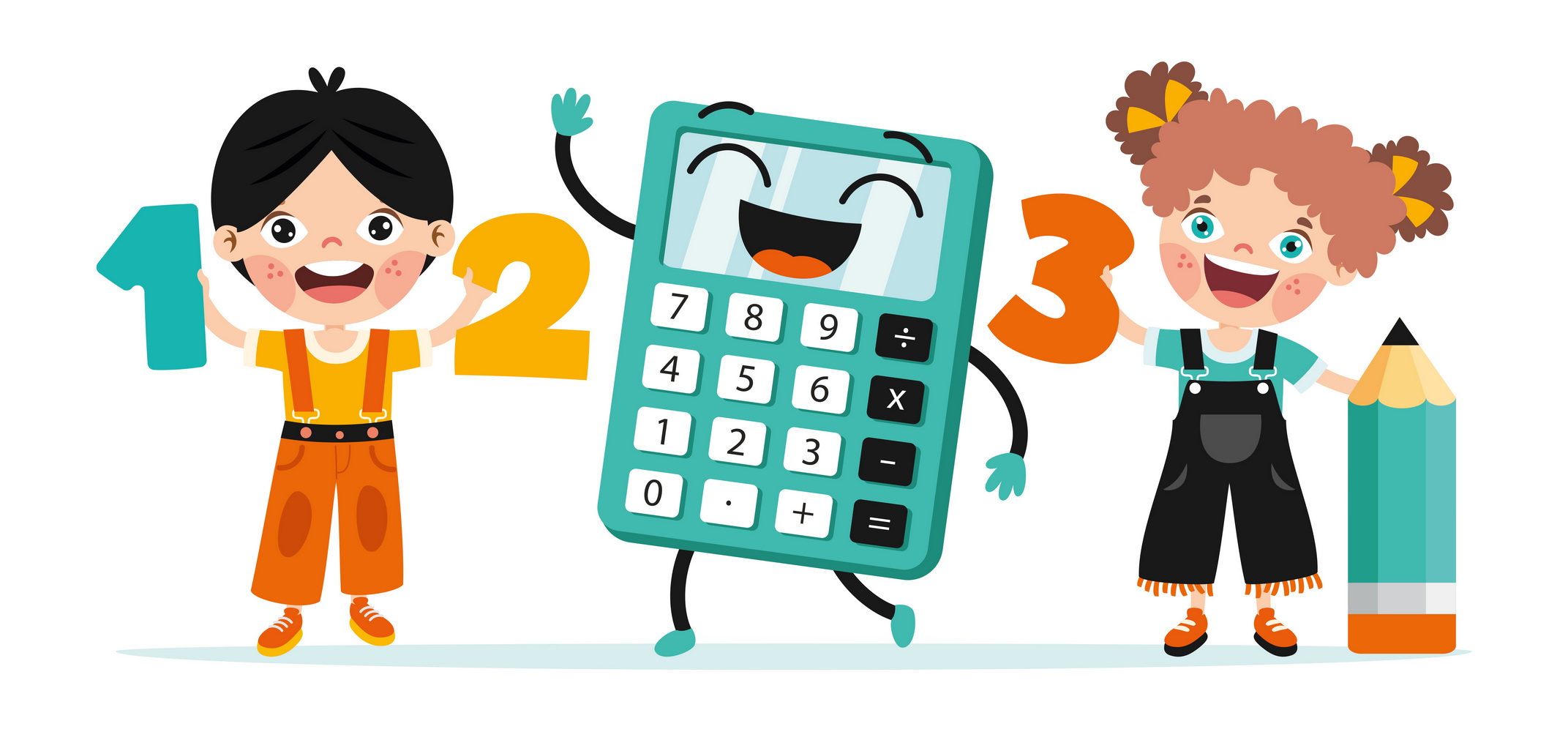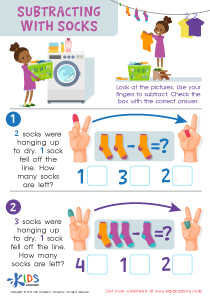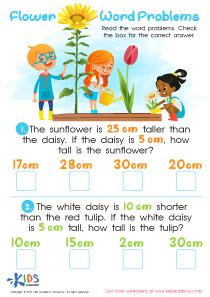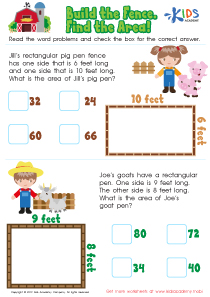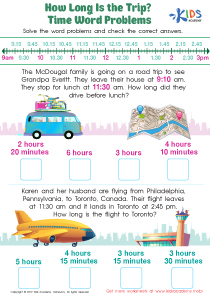Visual Learning Addition and Subtraction Word Problems Worksheets for Ages 4-5
5 filtered results
-
From - To
Discover our engaging "Visual Learning Addition and Subtraction Word Problems Worksheets" designed specifically for ages 4-5. These interactive worksheets use colorful visuals and relatable scenarios to help young learners grasp foundational math concepts through practical word problems. By incorporating images and storytelling elements, children can enhance their problem-solving skills and develop a deeper understanding of addition and subtraction. Perfect for preschool and kindergarten teachers, these resources provide an enjoyable way for kids to practice and apply math in real-life situations, making learning both fun and effective. Boost your child’s math confidence today with our creative visual learning worksheets!
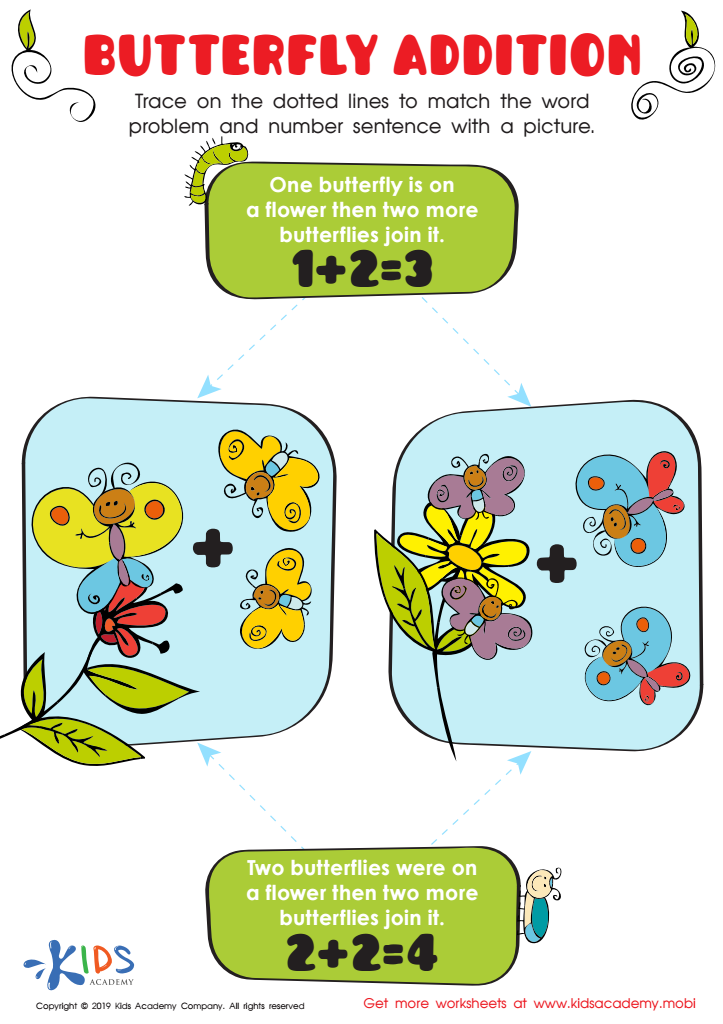

Butterfly Addition Worksheet


Subtracting Socks Worksheet
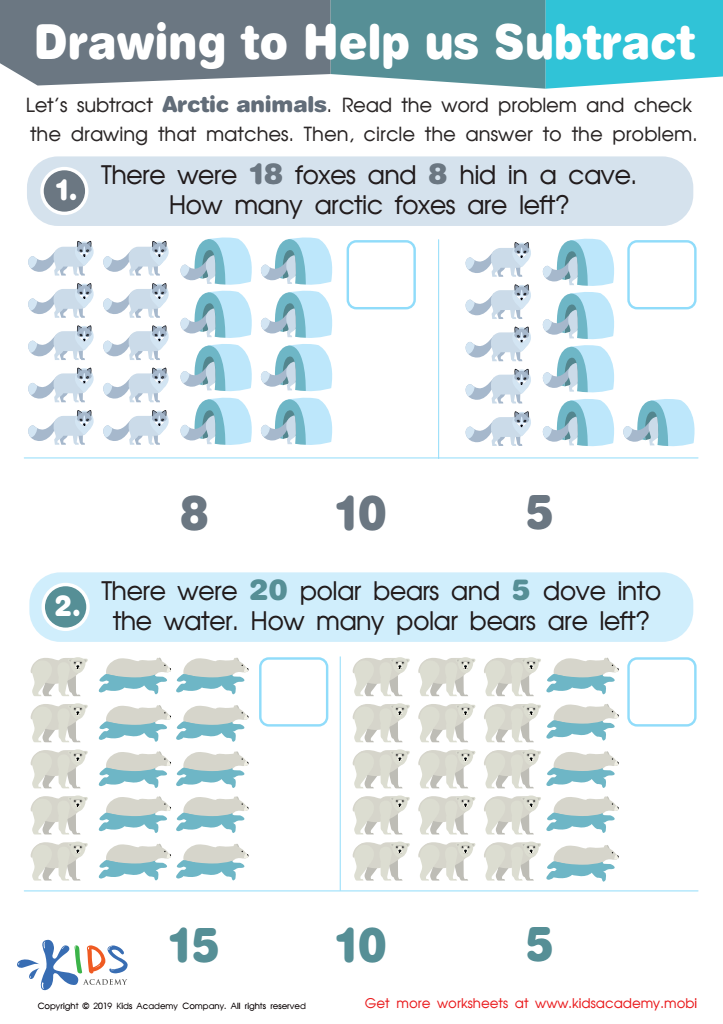

Drawing to Help Us Subtract Worksheet
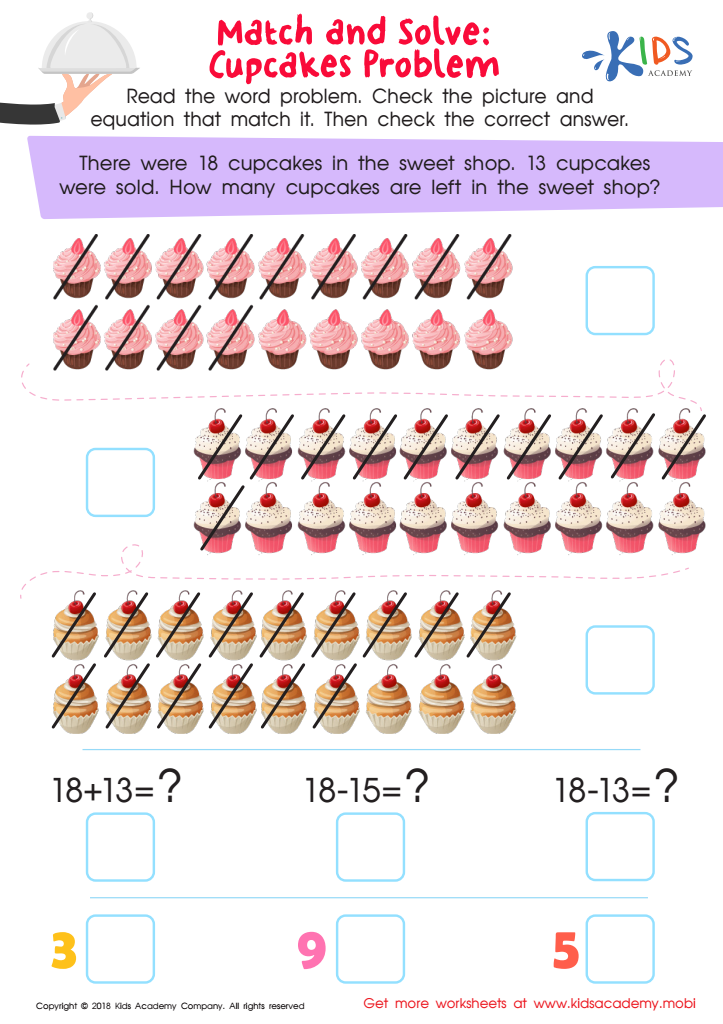

Match and Solve: Cupcakes Problem Worksheet


Addition at the Zoo Worksheet
Parents and teachers should care about Visual Learning in addition and subtraction word problems for ages 4-5 because it lays a critical foundation for a child’s mathematical understanding and cognitive development. At this early age, children are developing essential skills in problem-solving and logical thinking, which are crucial for academic success. Visual learning helps them grasp abstract concepts by using concrete representations, making it easier for them to understand and manipulate numbers.
Furthermore, word problems encourage children to connect math to real-life situations, enhancing their critical thinking and comprehension skills. By visualizing problems through pictures, diagrams, or physical objects, children can better internalize the process of addition and subtraction. This approach not only supports diverse learning styles but also fosters engagement and motivation, making math enjoyable instead of daunting.
Additionally, developing a strong foundation in these skills at an early age can prevent future math anxiety and build confidence as students progress into more complex concepts. Therefore, fostering visual learning in early math education promotes a holistic understanding of mathematics, equipping children with essential skills for their educational journey and beyond. Parents and teachers play an integral role in facilitating this learning, ultimately shaping proficient and enthusiastic learners.
 Assign to My Students
Assign to My Students





